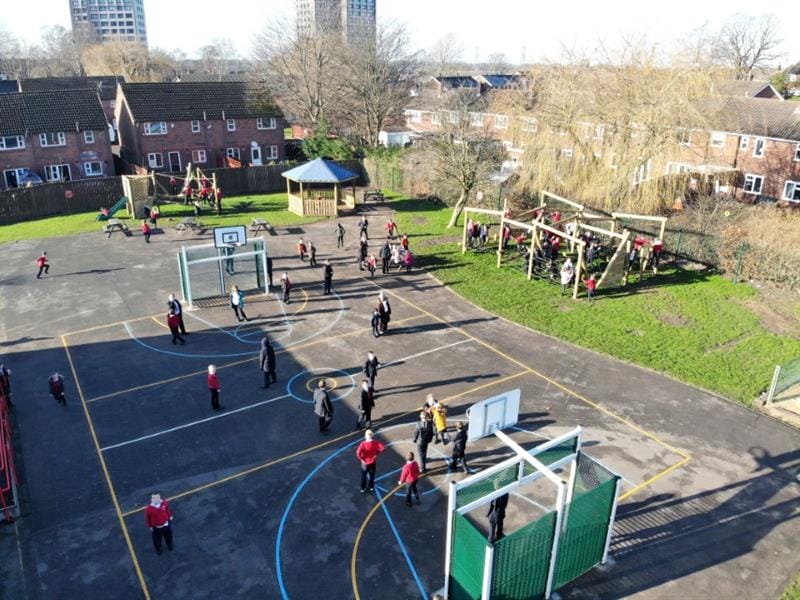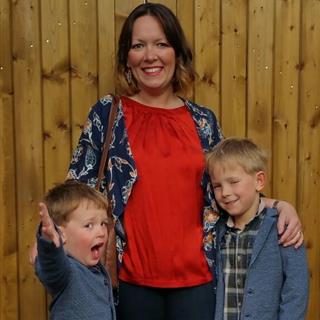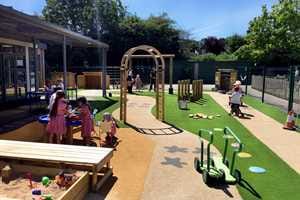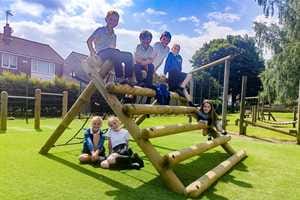
Lesson Ideas and Activities
10 Amazing Olympic Game Ideas to Bring School Together!
Last year, the world saw the Olympics 2024 take place in the city of Paris, the capital of France. During this time, hundreds of athletes from around the world competed for their countries.
It can be a very exciting time for children as there is so much to see, from the typically flamboyant opening ceremony with lights, music and costumes, to the wonder and anticipation of the many different games and sporting events, the awe inspiring skills of the athletes taking part, and the thrill and cheer of the award ceremonies when the athletes are presented with their medals.
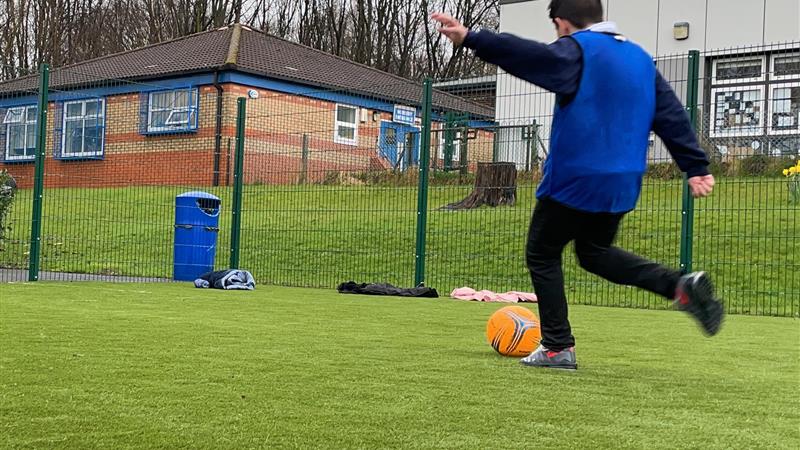
It is a time of real inspiration for all of those budding young athletes out there!
However, as much as we would love to, we can't all jump on a plane and fly to the next location of the Olympics (that being Los Angeles)! But, that doesn't mean we have to miss out on the fun!
Here we have put together some ideas to help you promote inclusive outdoor games and host your very own Olympic Games in your school playground:
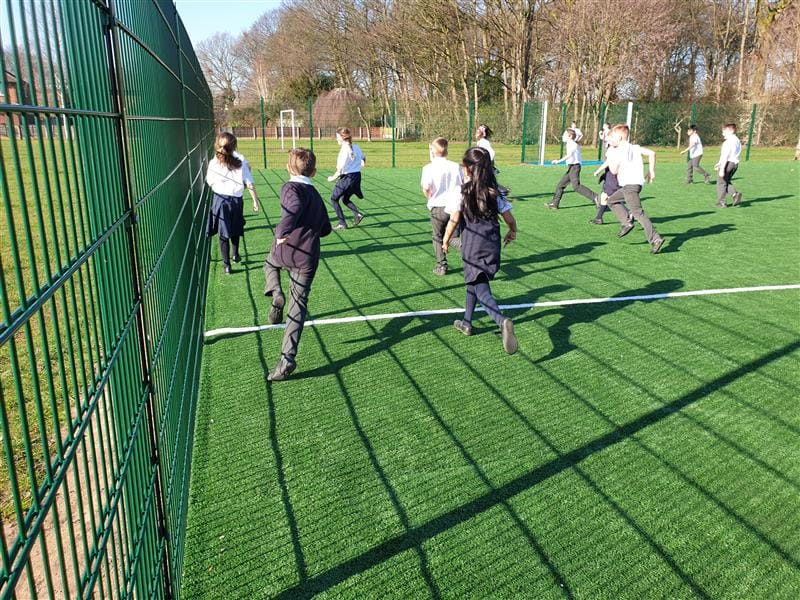
Let's Begin with an Olympic History Lesson
This is the perfect time to gather your children together outside for a history lesson, the story of the Olympic Games, it’s origin and how it became the event that it is today.
See if you can get a few volunteers to come up to the front or stand up on your Outdoor Performance Stage and act out parts of the story!
*Go to the bottom of the page to see the History of the Olympics broken down for you*
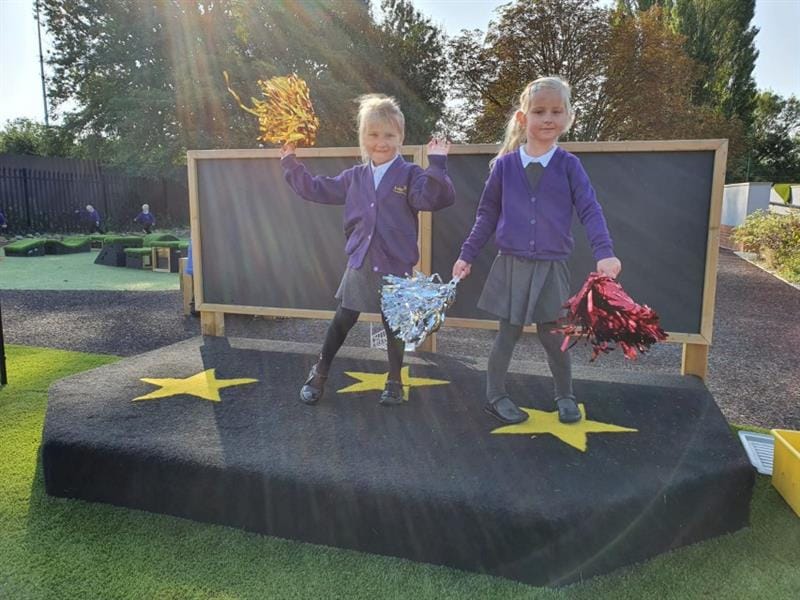
Enjoy some Olympic Arts and Crafts
You can theme arts and crafts lessons to prepare some great props for your own Olympic Games in your school playground:
- Early Years learners will love painting their very own Olympic Flags, using cardboard tubes dipped in coloured paints to paint the rings.
- Include Key Stage 1 and 2 learners in art sessions combined with Geography, and ask them to get together and make giant flags for each participating country out of paper, paints, coloured card, coloured sheets painted with ink pens or stitching, however they want to go about it. Use your Den Posts by tying thread through the eyebolts to hang up their work. The flags will look fantastic hung up around the school playground during your Olympic Games!
- Have a go at making Olympic flames using paper cones and stuffing them with brightly coloured red, orange and yellow tissue paper. You could even make one huge Olympic torch out of paper mache to set the scene at the entrance to your playground.
- Children can get messy with modelling clay to create medals for their own award ceremony once the games have been held. Poke a small hole through the top of each medal to thread some ribbon through once the medal is dry.
- Decorate your Performance Stage as an awards podium for after the games. Everyone can come up and receive a medal for their participation and for great friendship just as the games promote
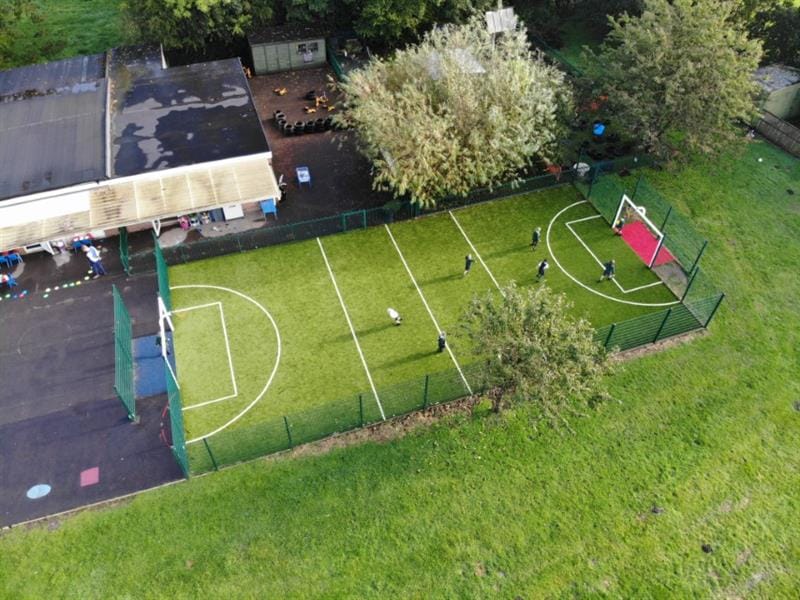
Go Outdoors for Your Own Olympic Games
The Olympic Games are immense!
With 32 Olympic sport disciplines forming the event, 329 different events taking place over the course of 16 days, and hundreds of medals to be awarded, there is a lot to chose from! Head out into the school playground for your very own Olympic Games and get ready to have some fun, encourage, participate and laugh with your children! That’s what it’s all about!
There is so much to do that you can enjoy this event over the course of a whole week before the children break up for summer.
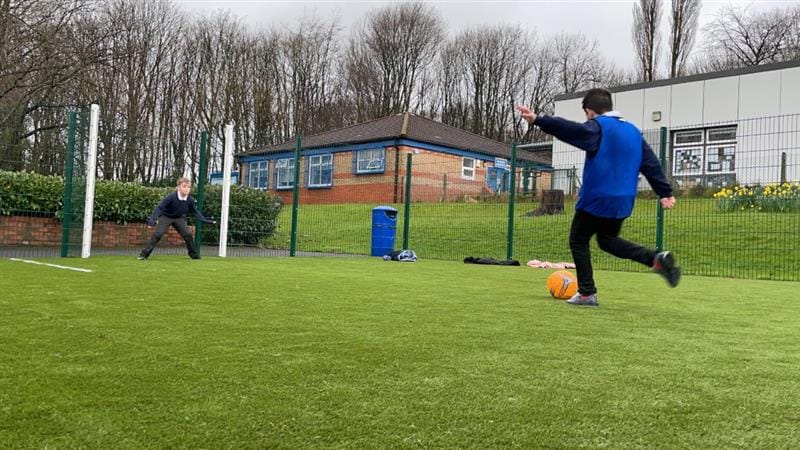
Here are our 10 favourite Olympic Games to enjoy together in your school playground:
1. Archery Antics
Children can paint or chalk out their own archery “target” onto the playground wall or outdoor Mark Making Panel, or you can use your School Playground Markings such as a Bullseye Target.
Groups of children can take it in turns to throw bean bags at the target, or why not get messy and see how good their aim is with wet and foamy sponges!
2. Amazing Athletics
Time for some running, jumping and throwing! You can recreate shot put, javelin and discus throwing with all sorts of everyday items. Pieces of fruit, sticks of dry spaghetti, bean bags, frisbees, sponge balls, tennis balls, balls of socks, cardboard tubes left over from rolls of tinfoil, anything goes provided it isn’t too dangerous!
Show children how to hold the “javelin” over their shoulder and run with it before throwing, how to launch a “shot put” forwards or how to spin before letting a “discus” fly.
You can use existing playground markings as a marker for children to stand behind, otherwise a line of chalk across the playground will do! Use a tape measure or metre ribbon to measure how far they can throw their items.
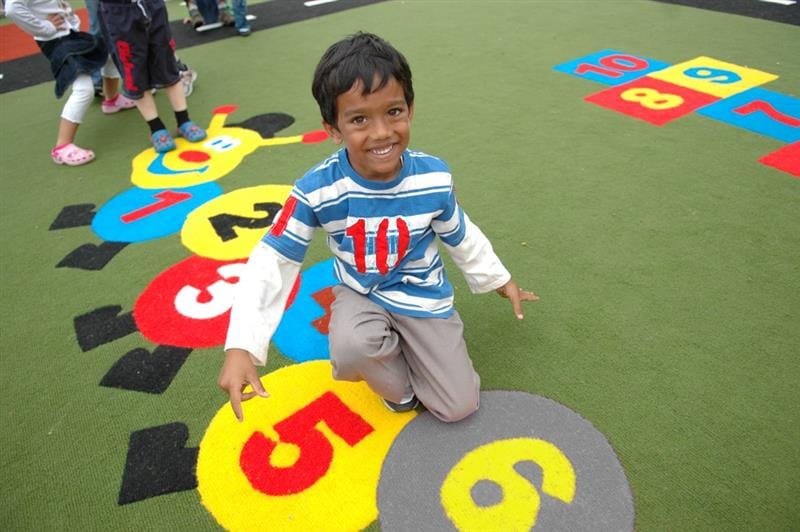
3. Beach Volleyball by the Sea
Turn your Multi Use Games Area into the seaside and set up a brilliant beach volley ball area. Go to town on it if you are feeling bold and cover parts of the area in sand, deck chairs, toy seagulls, bunting and anything else on a beachy theme!
Children will love dressing up in beach gear, swimming costumes, floppy sun hats and sunglasses, snorkels and masks, anything goes!
Run a net across the court, inflate a big beach ball or two and let the children go for it hitting the ball back and forth across the net.
If you struggle to get hold of a beach ball you can use balloons instead. Finish the session with a cool drink and fruity snacks in ice cream cones!
4. Cycling Circuits
Set up a cycling circuit around your school playground equipment, using chalk, ribbons and cones as markers. Early Years learners will love racing around on tricycles, scooters or other ride on toys.
Older children could bring their bikes in for the day and get some cycling practice in a safe environment, whilst also having a lot of fun racing each other around the track!
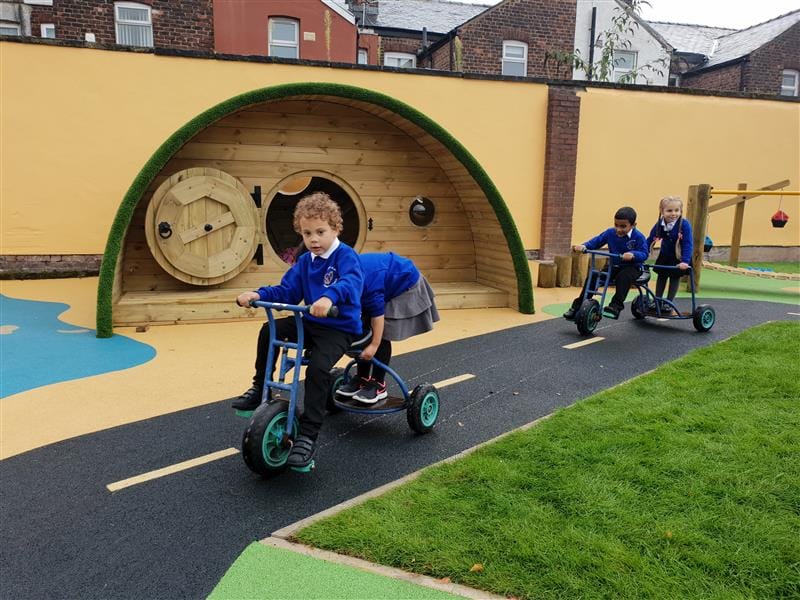
5. Show Jumping Horsey Hurdles!
Children can have a great time making their own “hobby horses” using a small broom or sweeping brush, or the cardboard tube from inside a roll of gift wrap. Show them how to draw the outline of a horse’s head on a piece of card, cut it out and colour it in.
Glue bits of wool on to the horse’s head to make a mane, then stick or tie the head on to the tube or the bristles end of the brush (the bristles can double up as the mane).
Product Spotlight
They can adorn with ribbons or however else they would like to dress their horse! When the horses are all ready, children can have running races riding their horses across the school playground. If you have an Assault Course with hurdles or a set of Get Set, Go! Blocks, incorporate them as “jumps” for the horses to leap over.
Another way of doing this is to get children to play at horses and riders themselves. In pairs, each pair will need one hula hoop. The “horse” stands inside the hula hoop and holds on, and the “rider” stands behind and holds on to the back of the hula hoop. Hold your horses, then off you go!
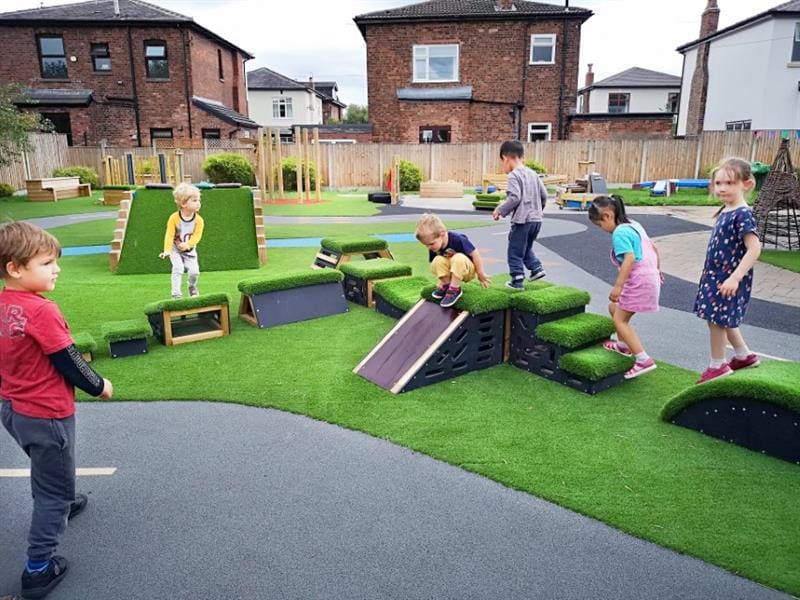
6. Fantastic Football
Make the most of your Goal Ends and have a mini football tournament. Everyone in the class can take part either as the players, referees, team managers, cheerleaders and mascots. Nominate teams as different countries and let them paint their faces in the flag colours.
Challenge them to learn the tune for their team’s national anthem to sing before the game begins!
7. Rapid Runners
Children love racing any which way, and what a great form of cardio-vascular exercise it is too! Hosting your own Olympic Games is a perfect excuse to get them running around and racing each other in all sorts of different ways.
Running races, wheelbarrow races, running backwards or on all fours, running three legged as pairs with their legs tied to each other, sack races, walking races, sideways racing, hopping, skipping, jumping or rolling.
Throw in some outdoor games apparatus to make it harder such as balance beams, bridges, stepping logs, rope swings, monkey bars or any other component of a good Trim Trail, and the children can time each other to see who can travel the fastest. Let children pick their favourites and they will happily race each other all morning!
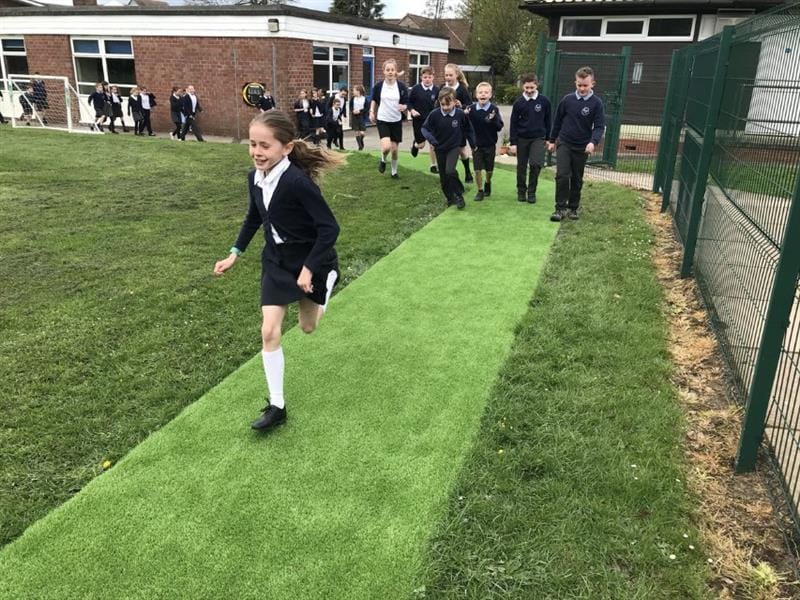
8. Sailing the School Grounds Seas!
Follow a rowing or sailing theme and let children get creative making their own boats out of cardboard boxes.
They could make individual boats, or larger boats to row or sail in teams. If they really want to go for it they could dress up as sailors too, and have a “whale” of a time boat racing across the playground in their boats (they will need to get their thinking caps on while designing their boats as to how they are going to get them to move on dry land!).
If the mood is right, you could add to the atmosphere and have fun spraying them with sprinklers or a hose as they are racing and see if they can dodge the “sea spray”!
Children will also enjoy making colourful paper boats and racing them across the Water Table. Can anyone get theirs to the other side before it sinks?
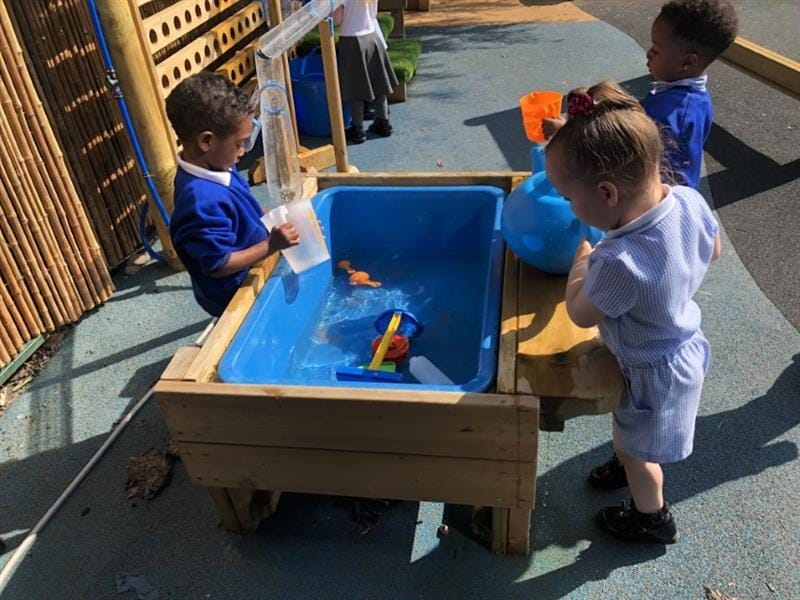
9. Synchronised Swimming
Who says you need a swimming pool to do synchronised swimming? Dry land is perfectly fine!
Children can choreograph a dance routine to music in a synchronised swimming style, and then give a performance wearing goggles and swim hats.
Why not do the whole thing inside a blow up paddling pool for a bit of fun?
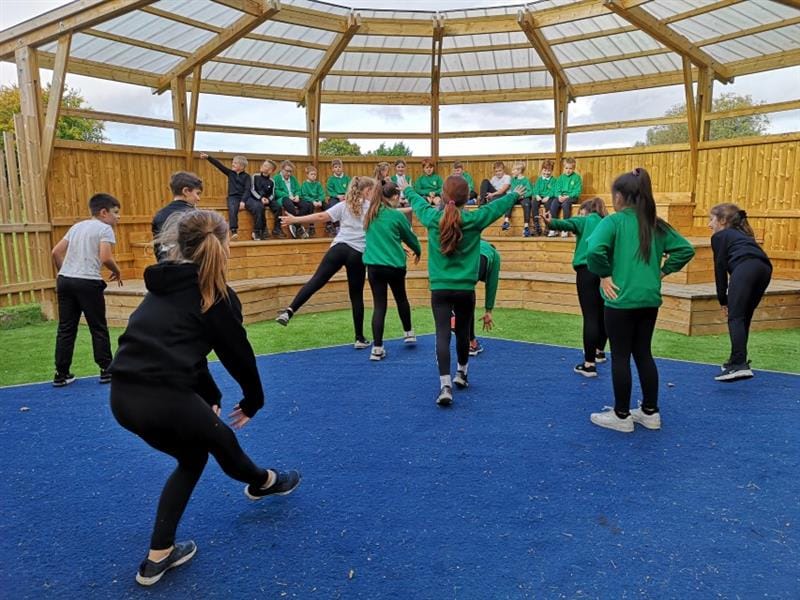
10. Tricky Triathlon
This is a triathlon tailored especially for the school playground! In teams or against the clock, children can begin the event by climbing over their Play Frame, Trim Trails or Assault Course.
Next they jump onto a tricycle or scooter and race it across the playground, before jumping off and charging straight through a paddling pool of water. It is best to have two or three teams and to let one child from each team race at any one time to avoid a crash!
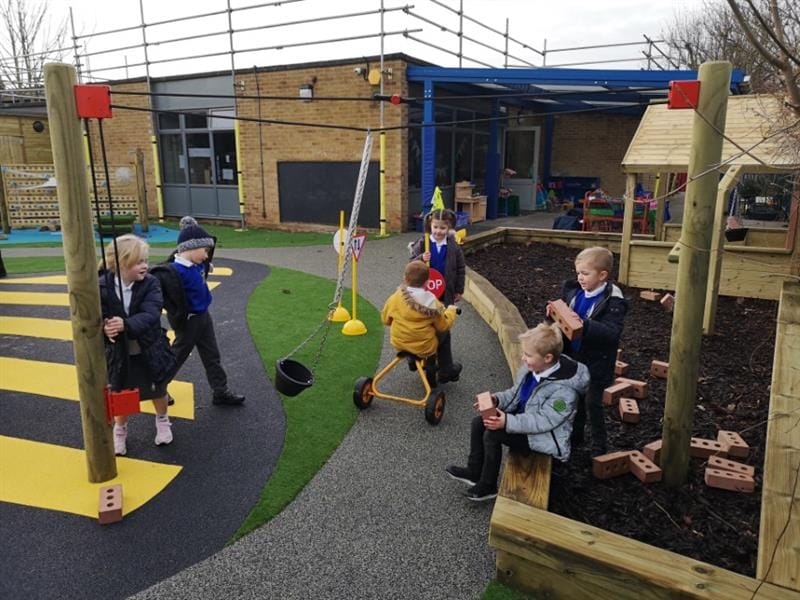
The team who has all their members complete the course first are the winners.
Finally, don’t forget your award ceremony at the end of the day!
Children can present each other with the medals they have made and everyone can have a chance to come up to the stage and receive a round of applause!
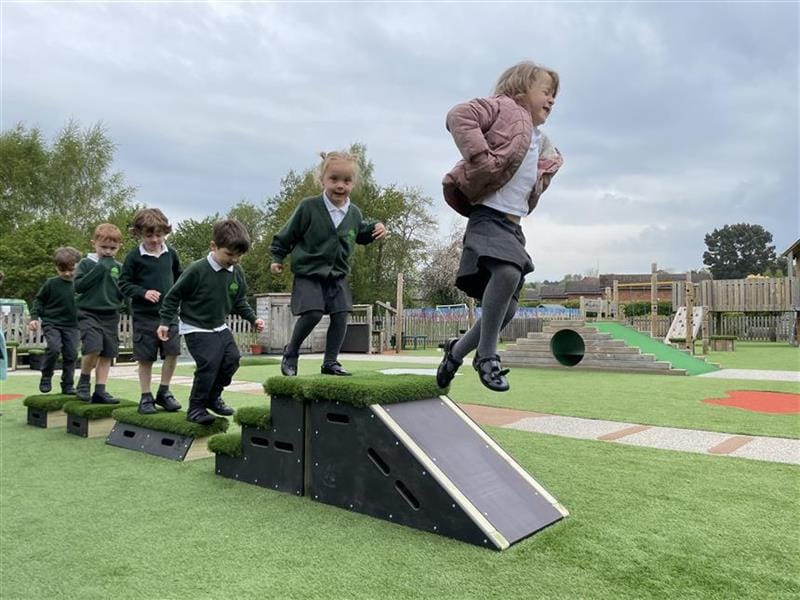
*The History of the Olympic Games to help with your Outdoor History Lesson
The Olympic Games originated in Greece over 3,000 years ago and were a type of religious festival. Legend has it that the Games were founded by Heracles, son of Zeus who was god of the sky and ruler of the Olympian gods.
Heracles was a divine hero in Greek mythology, famous for his strength and courage. By the end of the 6th century the Olympic Games had become the most famous of all sporting festivals.
The first written records date back to 776 BC when a cook, named Coroebus, won the only event which was a 192 metre race, and became the first Olympic champion.

The Olympic Games were then held every four years in August, in honour of Zeus. They were named “Olympic” Games because they were held in Olympia, a sacred site near the western coast of the Peloponnese peninsula in southern Greece.
They were considered to be so important that ancient historians even used to measure time by the four-year periods between each Olympic Games, known as Olympiads. You could use a globe or pin up a map to show children whereabouts in the world Greece is.
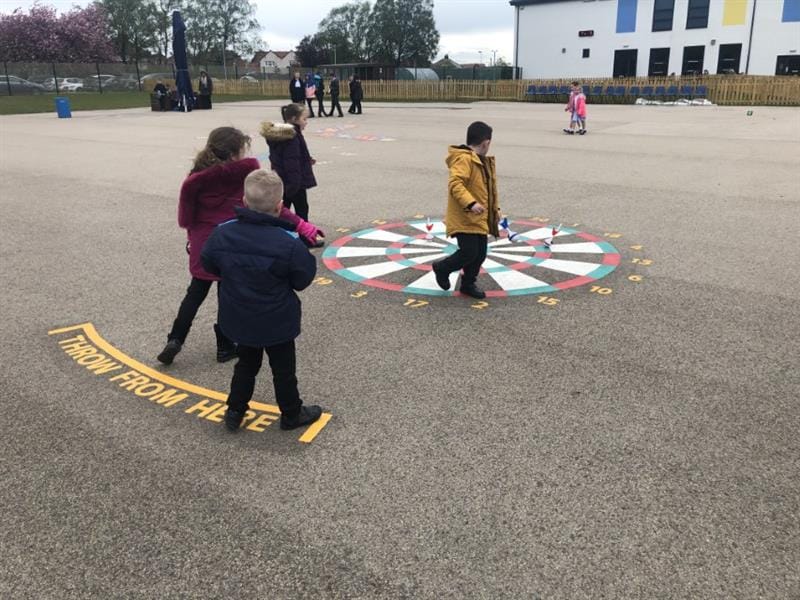
Over the years, more and more events were added to the Olympic Games. The pentathlon, which was made up of five events: a running race, a long jump, discus throwing, javelin throws and a wrestling match, was introduced in 708 BC. Boxing was introduced in 688 BC and chariot racing was added to the Games in 680 BC. Fast forward to more modern times and the first modern Olympic Games took place in Athens in Greece in 1896.
These Games featured participants from 13 different nations and included the first Olympic marathon, following the route of the Greek soldier who ran 25 miles from Marathon to Athens to bring news of a Greek victory over the invading army of Persians in 490 BC.

The Olympic Games have continued to grow, welcoming more nations and introducing more different and exciting sporting events, and becoming a true symbol of friendship and unity across the world.
The Winter Olympics, featuring events such as bobsledding, ice skating and ice hockey, were introduced in 1924 and now alternate every two years with the Olympic Games.
The Paralympic Games were introduced in Rome, Italy in 1960. They are a biennial multi-sport event for elite athletes with any form of disability, and they follow the Olympic Games and the Winter Olympics every two years.
The Olympic Games are officially symbolised by five interlocking rings coloured blue, yellow, black, green and red on a white background.
The rings represent the continents of North and South America, Africa, Asia, Australia and Europe. They are interlocked to represent friendship across the countries.
Another symbol of the Olympic Games is the Olympic flame, the origins of which lie in ancient Greece.
It was said to commemorate the theft of fire from Zeus by Prometheus, and a flame was kept burning throughout the celebration of all of the ancient Olympic Games.


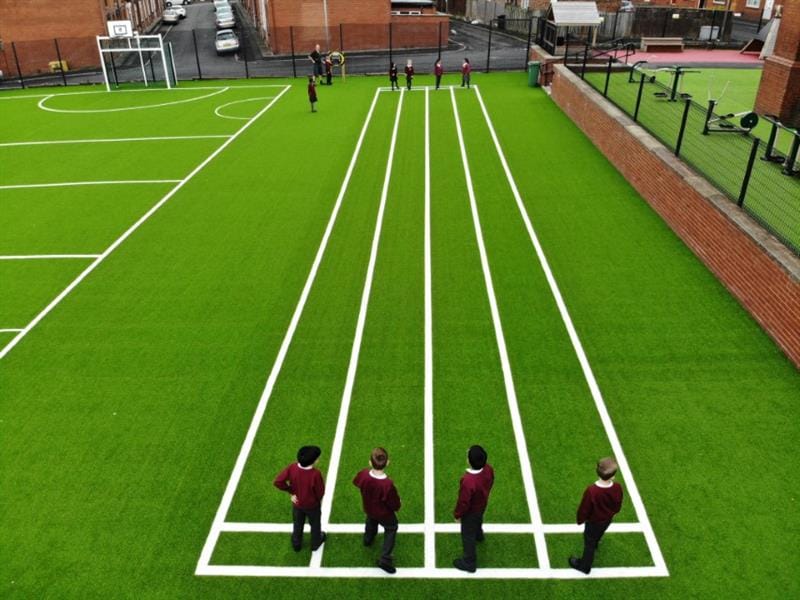

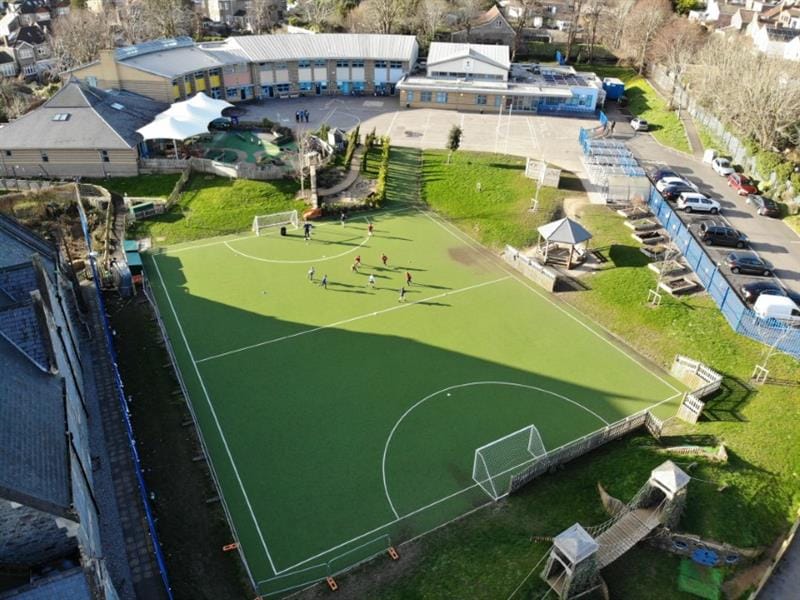
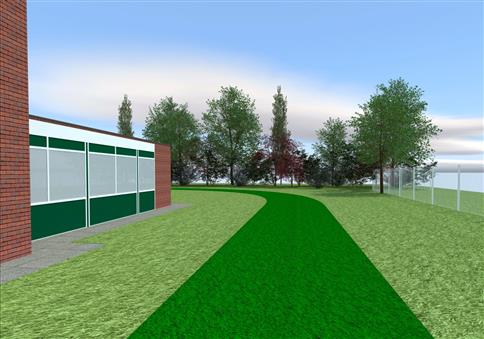
.jpg)
